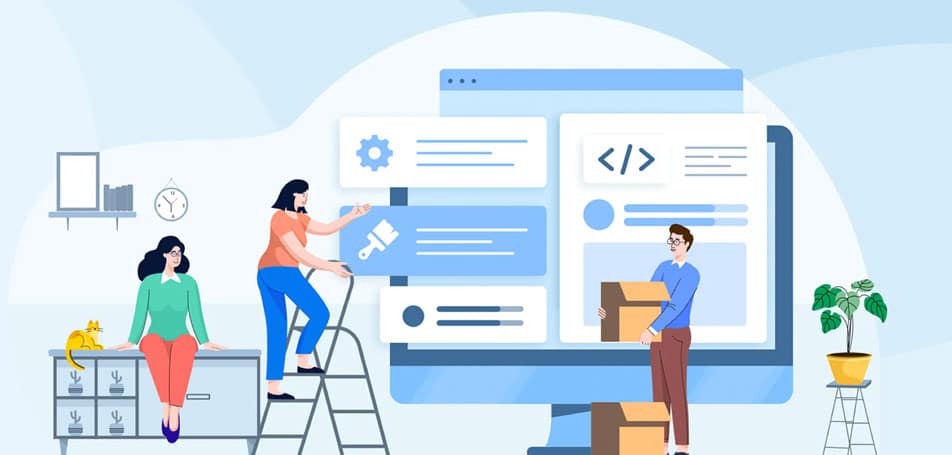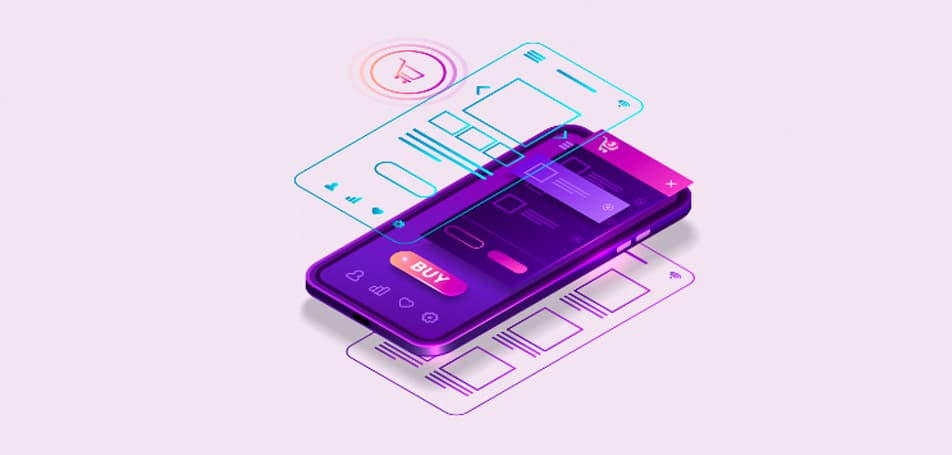
According to E-Commerce Times, headless commerce is steadily increasing in popularity, and it will likely become the norm for websites in a few years’ time. Although headless commerce is still a fairly new concept, it has created numerous benefits for both retailers and customers, such as faster website speeds, better personalization options, and more. If you’re looking for a way to keep your site updated with the latest content and technologies, headless commerce might be the solution you’ve been waiting for!
What is Headless Commerce?
“Headless” simply means that the front end of the website is decoupled from the back end, allowing developers and merchants to easily make changes to the site without affecting the shopper’s experience. In other words, the customer’s perspective of the website is separated from the developer’s side, so each can be customized without affecting the performance of the other.
Like headless content management systems (CMS), information is transferred using APIs and a cloud-based infrastructure. This allows sellers to manage an omnichannel presence with ease, and customers can view the content on any type of device.
Traditional eCommerce vs. Headless Commerce
At first, headless commerce seems pretty similar to a responsive eCommerce platform. But, as explained by Forbes council member and CEO of OSF Commerce, Gerard Szatvanyi, there are three key differences between traditional and headless commerce:
- If you want to make a change to your traditional website, it’ll take you a lot of time to edit the database and code before you can even start working on the front end. With headless commerce, you can edit the front end without having to modify the database; all it takes is an API call.
- Traditional eCommerce platforms can provide plenty of customization features, but they can still limit developers to a certain extent. Headless commerce users can build their entire site from scratch and personalize every aspect of the front and back ends to their exact preferences.
- Flexibility is incredibly important as eCommerce technologies improve and customer expectations increase. However, traditional websites make it really difficult to add new features since the front and back ends are intertwined. Headless commerce is designed to be scalable and adaptive to change, so you can integrate the latest eCommerce tools without having to edit several layers of code.
Benefits of Headless Commerce
If you need to upgrade your current content management system, want more freedom for personalization, or simply want to keep up with the latest industry trends, you would definitely appreciate the advantages of headless commerce. Along with saving you time and money in the long run, headless commerce offers:
- Unlimited customization. Want to create a new marketing campaign? Edit your inventory? Revamp your web page design? Headless commerce makes it easy for these changes to take place with just a little help from a front-end developer. Instead of recruiting the entire IT team for support, you can make customizations with simple, straightforward processes as needed.
- Omnichannel capabilities. To reach the maximum number of customers, you have to have the flexibility to sell and market your brand on multiple online channels. With headless commerce, you can publish your content and products all across the web without having to reconstruct your platform.
- Better conversion rates. When your website can easily keep up with the latest customer demands and you can reach customers on multiple channels, you’ll definitely see an increase in sales and conversions.
- Increased speed. Simply decoupling your front and back ends can boost your website’s overall speed.
- Personalized customer experiences. Since the back end and front end are managed separately, you can run experiments and collect consumer data without slowing down the speed of your website. The in-depth analysis of shopper behaviors will help you build more individualized shopping journeys for every customer.
- Simple integrations. Adding new integrations between platforms is seamless with headless commerce. Plus, since the front end and back end are decoupled, you can focus on getting the software your business needs without having to deal with additional features you don’t want.
Is Headless Commerce Right for Your Business?
Headless commerce can certainly improve some critical areas of online stores, but it might not be right for small business owners. The transition from a traditional platform to headless can be difficult and time-consuming since it requires users to create their websites from the ground up. However, if your company is growing so fast that your website simply can’t keep up, you might want to take a look at how headless commerce has helped other successful retailers create incredible customer experiences, build beautiful website designs, and more.















